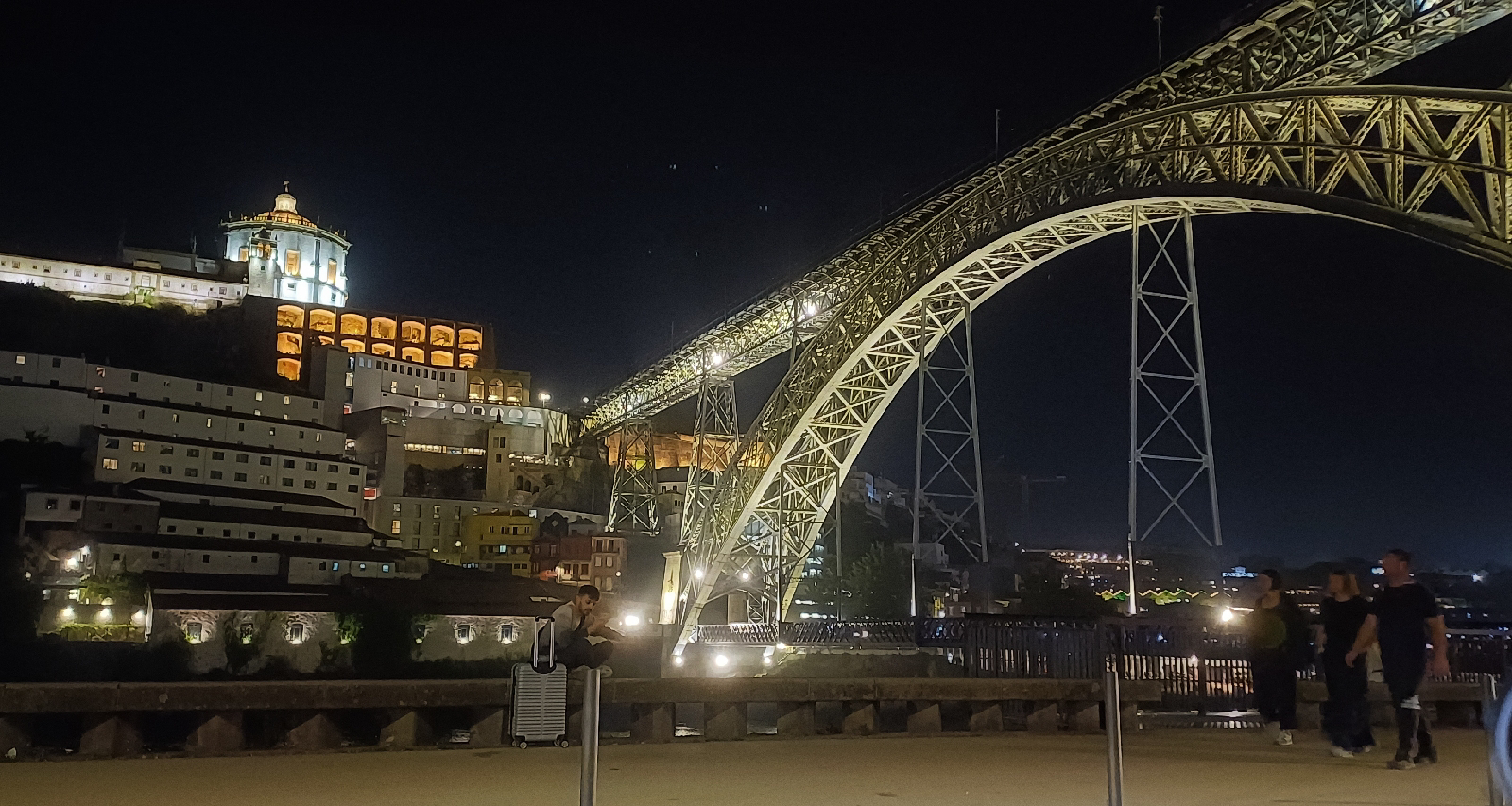The Iconic Dom Luís I Bridge: A Masterpiece of Engineering in Porto
Rising majestically over the Douro River, the **Dom Luís I Bridge** is not just a simple crossing; it is a symbol of Porto’s rich history and architectural prowess. Completed in 1886, this remarkable metal arch bridge connects the vibrant city of Porto with Vila Nova de Gaia, offering breathtaking views and a unique perspective of the surrounding landscape.
## Historical Background
The construction of the Dom Luís I Bridge began in 1881 and took five years to complete. Designed by the Belgian engineer **Théophile Seyrig**, a disciple of the famous Gustave Eiffel (the engineer behind the Eiffel Tower), the bridge was a significant advancement in the field of engineering at the time. The bridge spans a total length of **385 meters (1,263 feet)** and features a main arch that stretches **172 meters (564 feet)**, making it the longest of its kind in the world at the time of its inauguration.
Originally, the bridge replaced the older **Maria Pia Bridge**, which was built in 1877 and was primarily for railway traffic. The Dom Luís I Bridge was designed with two levels: the upper deck for vehicles and pedestrians, and the lower deck primarily for metro and pedestrian use. This dual-deck structure was innovative, allowing for efficient traffic management and providing stunning views of the Douro River and the city.
## Architectural Features
The architectural style of the Dom Luís I Bridge is an example of 19th-century metal architecture, characterized by its bold arches and intricate ironwork. Standing at a height of **45 meters (148 feet)** above the river, the bridge provides impressive panoramic views of the historic Ribeira district of Porto, the wine cellars of Vila Nova de Gaia, and the surrounding hills.
Visitors can access the upper deck for a leisurely walk, where they can stop and take photos against the backdrop of the city’s colorful buildings and the flowing Douro River. The lower deck, meanwhile, is often utilized by commuters and tourists alike, enhancing the bridge's role as a vital transportation link.
## Cultural Significance
The Dom Luís I Bridge has become a quintessential part of Porto's identity, often featured in postcards, travel brochures, and photography exhibitions. It represents the city’s industrial past and its modern-day revival as a significant tourist destination. Many travelers enjoy walking across the bridge, exploring its surroundings which include cafes, restaurants, and viewpoints that showcase the natural beauty of the Douro Valley.
## Conclusion
The Dom Luís I Bridge is more than just an engineering marvel; it is a vital part of Porto's cultural heritage and an enduring symbol of the city. Whether you're a history buff, an architecture enthusiast, or simply a traveler seeking stunning views, the bridge promises an unforgettable experience. As travelers make their way to this iconic structure, they are reminded of the rich history and vibrant culture that Porto has to offer.
For more information about the Dom Luís I Bridge, visit resources like the [Wikipedia page](https://en.m.wikipedia.org/wiki/) or explore travel guides such as [Portugal.com](https://www.portugal.com/location).
---
### Backlinks:
1. [Wikipedia: Dom Luís I Bridge](https://en.wikipedia.org/wiki/)
2. [Porto Travel Guide](https://porto.travel/dom-luis-bridge)
3. [Portugal Getaways - Dom Luis I Bridge](https://portugalgetaways.com/)


Comments
Post a Comment